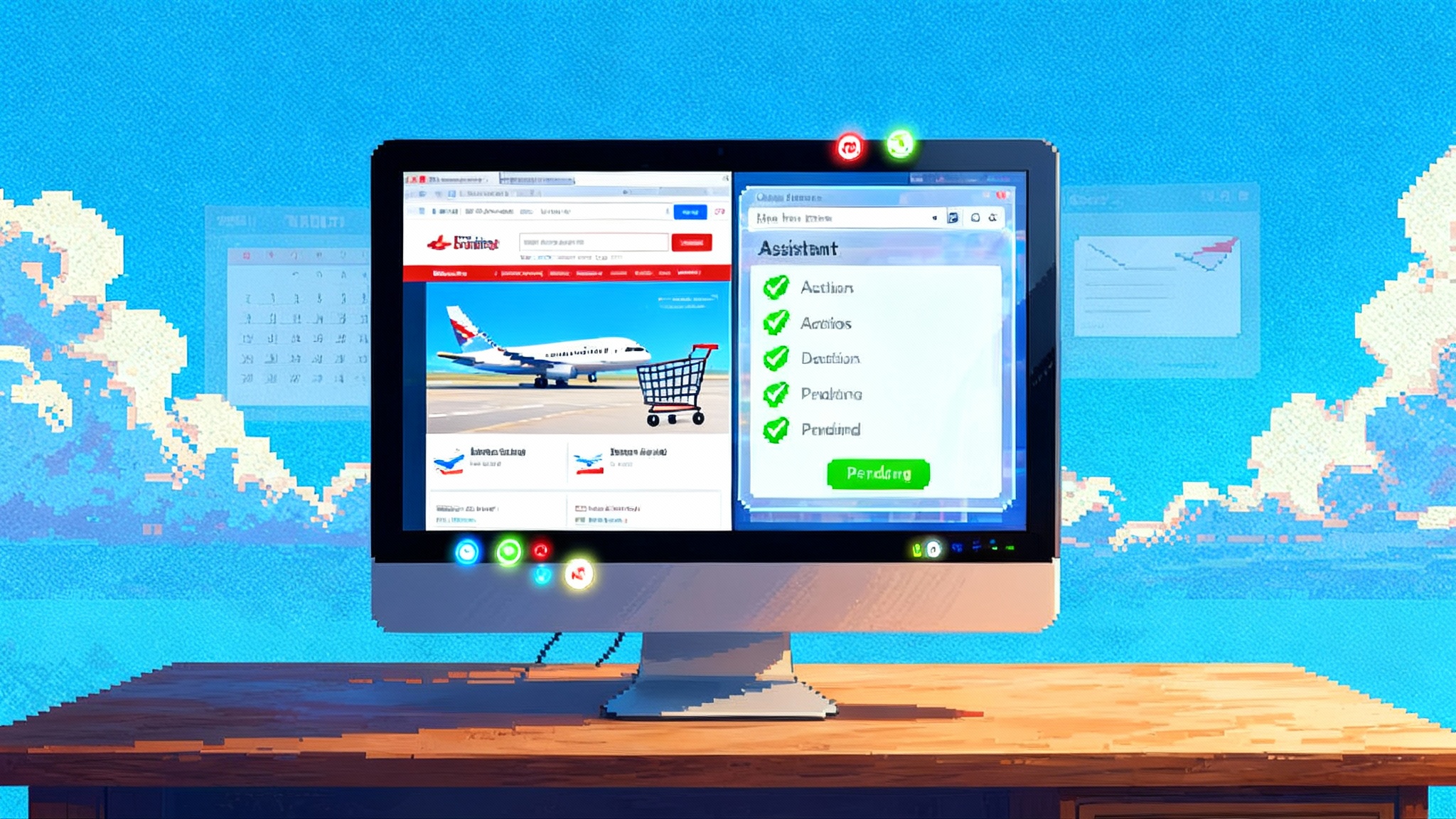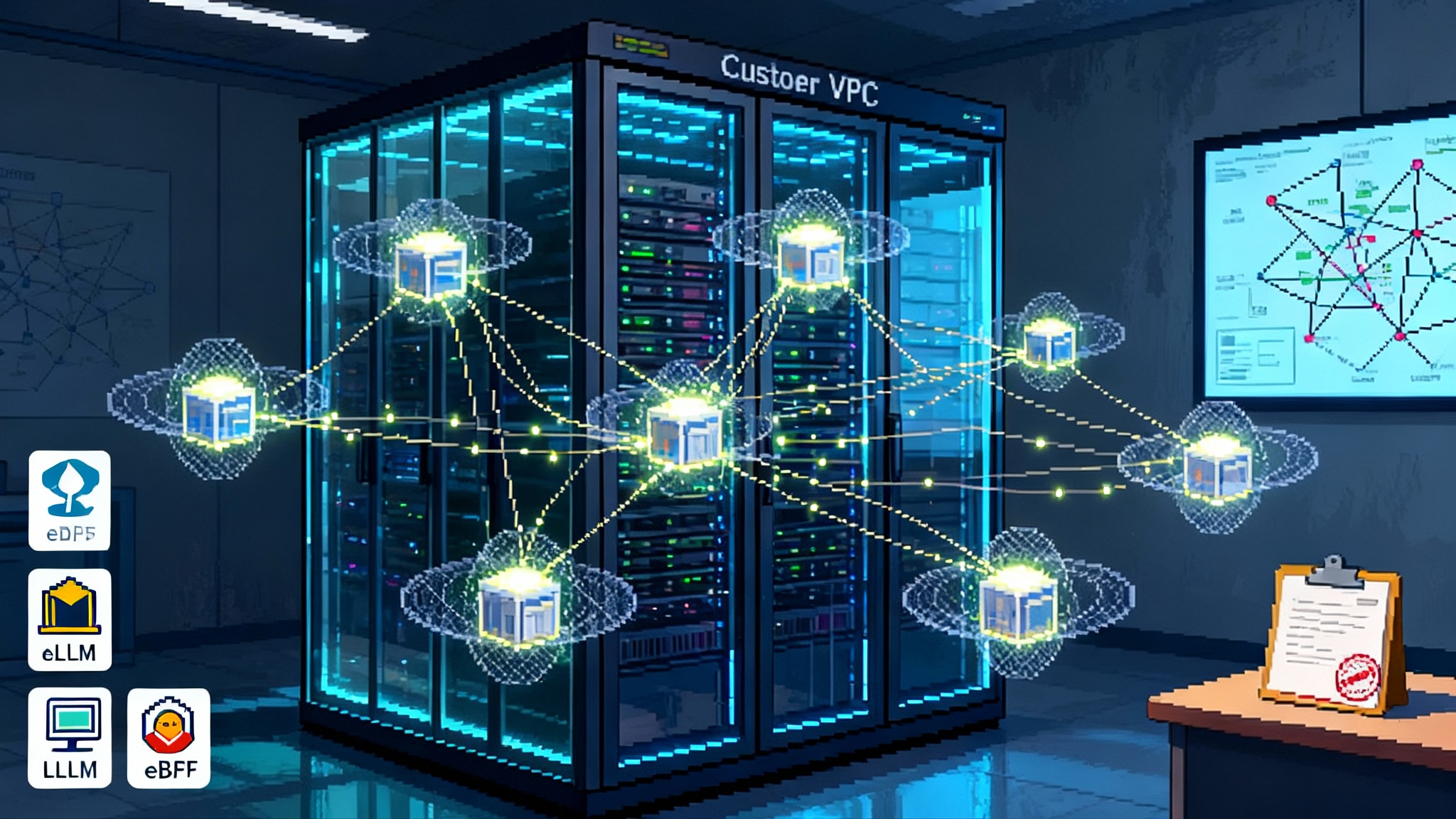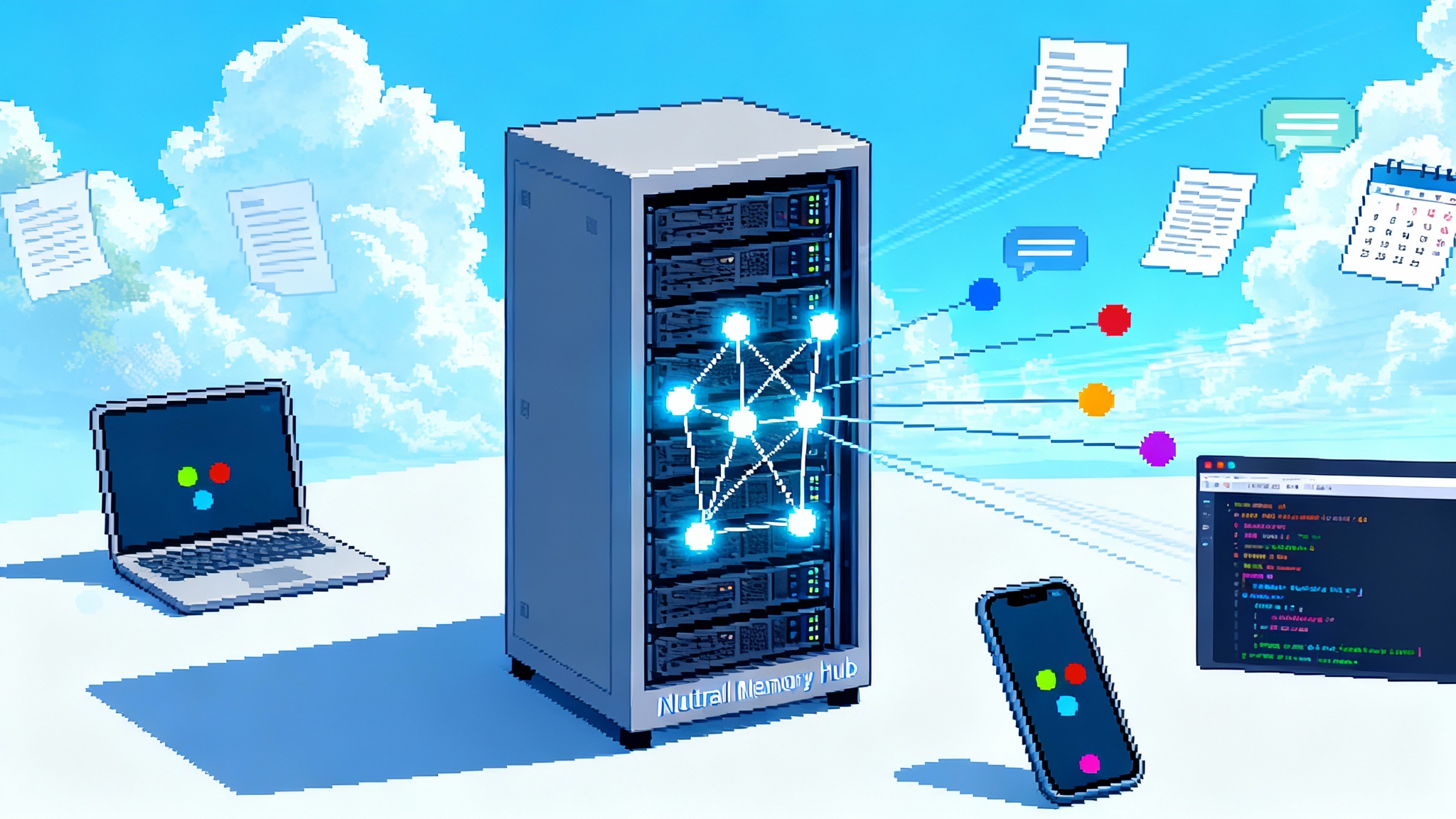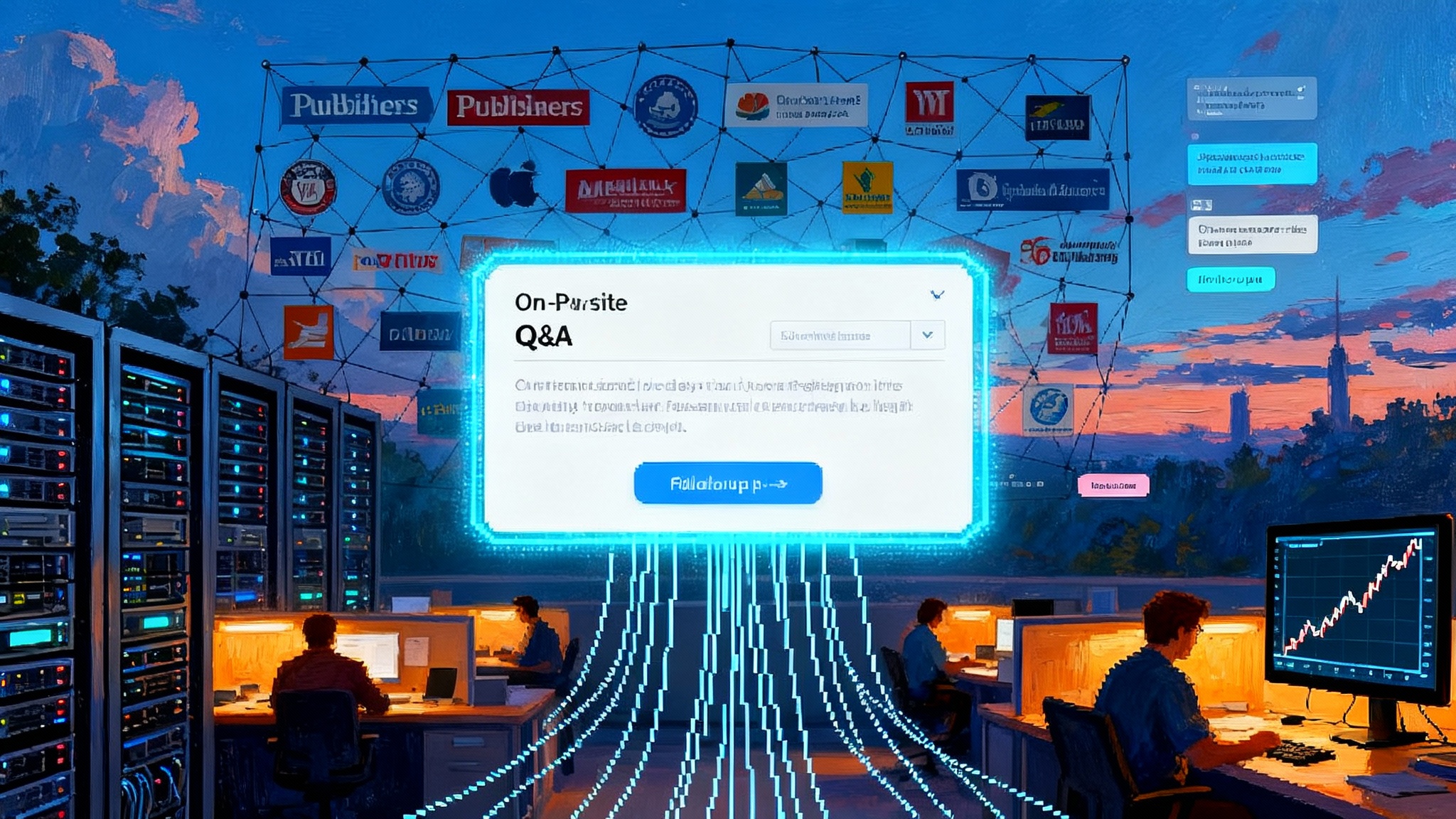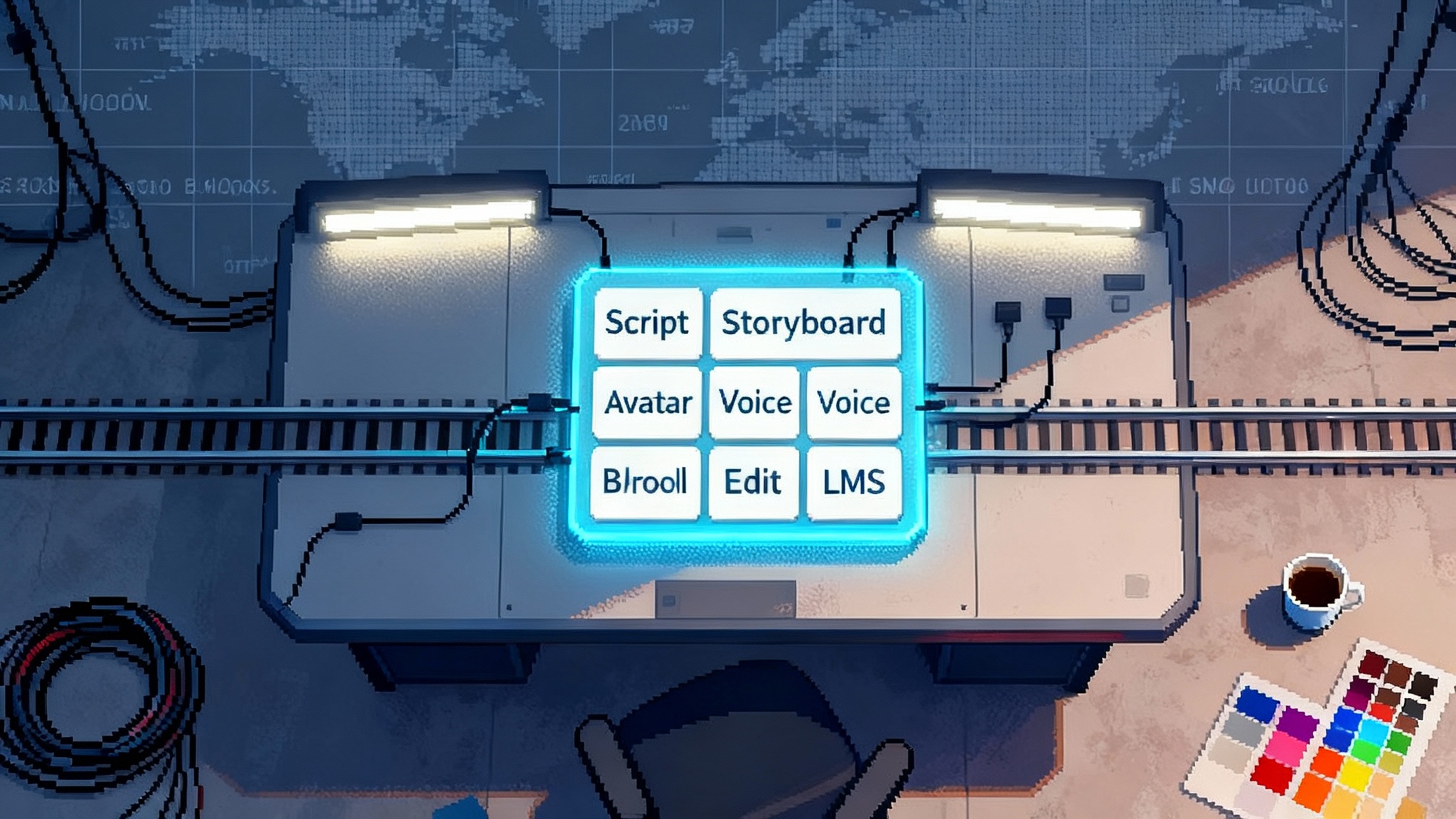ElevenLabs' Eleven Music moves AI audio onto licensing rails
ElevenLabs debuts Eleven Music, a text to music system trained on licensed catalogs with publisher partnerships, filters, and clear commercial terms. See what this unlocks for ads, apps, games, and the coming royalty meter.
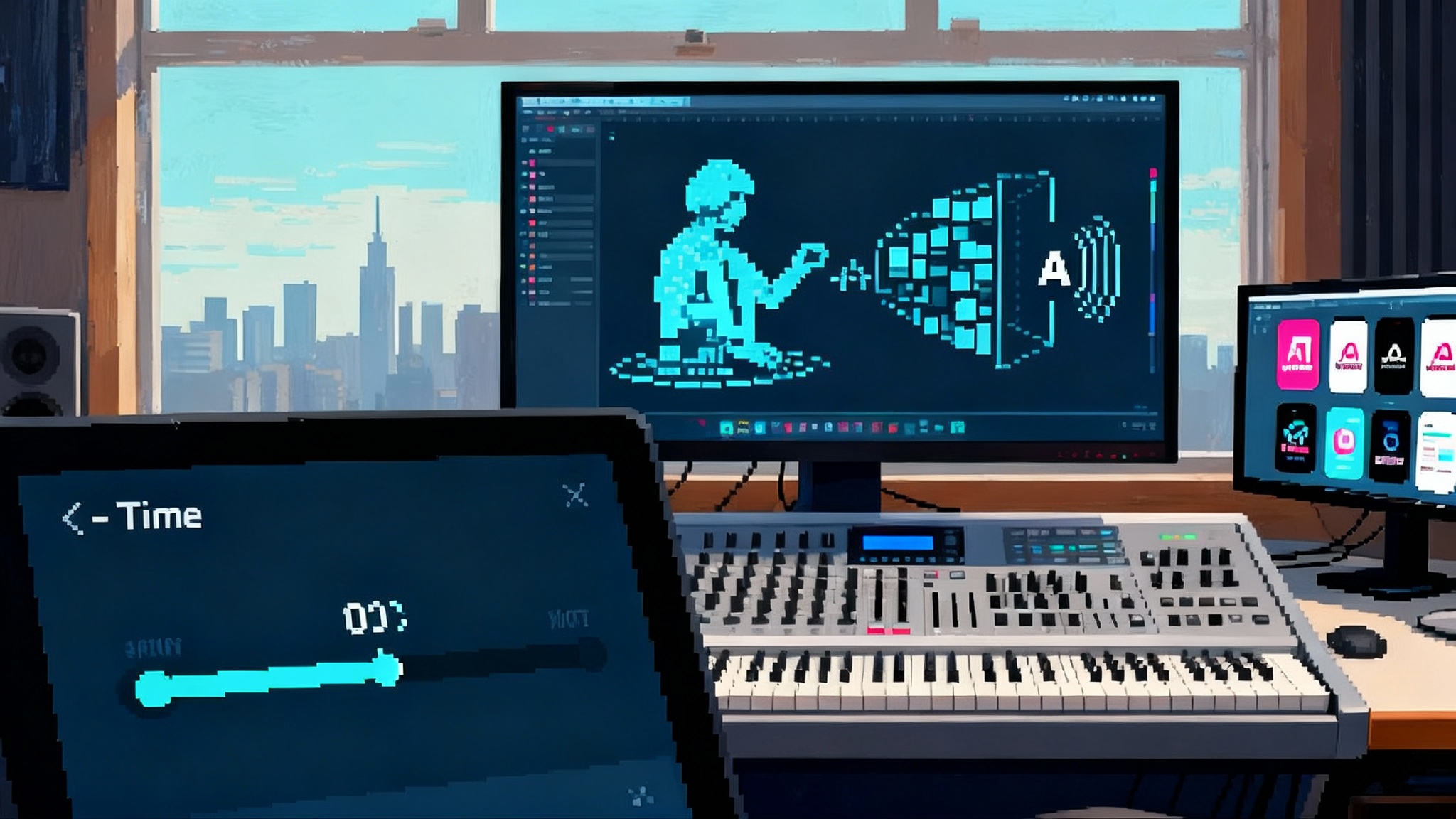
Breaking: AI music gets its safety rails
For the past year, generative music has lived in a contradictory place. Demos dazzled. Lawsuits chilled the room. Now a different playbook is emerging. ElevenLabs has launched Eleven Music, a text to music system built on licensed data and explicit industry partnerships. In the company’s words and materials, including the Eleven Music launch announcement, the model is designed for broad commercial use, from advertising to in app soundtracks. The headline is not only sound quality. It is a promise about legal posture that enterprise buyers can evaluate and sign.
This is a licensing first move. Rather than train on whatever the internet offers and deal with the fallout, ElevenLabs is starting with opt in catalogs and structured approvals. It also ships guardrails that block prompts that imitate specific living artists or quote copyrighted lyrics. In spirit and in practice, it looks more like a stock library or a broadcast music workflow than a consumer toy. That matters for anyone who needs music that is safe to use in public, at scale, and under a contract that survives legal review.
What changed with Eleven Music
The shift is not only technical. It is about supply, provenance, and policy. The model was trained on music the company had rights to use. ElevenLabs also announced collaborations with major independent rights organizations such as Merlin Network and Kobalt Music Group for a follow on professional model. The result is a cleaner path for both training and output licensing, and a mechanism for participating rightsholders to get paid.
The licensing first mechanics
- Training on known, licensable data. The model starts from catalogs under permission, which means provenance can be traced and audited.
- Prompt filters. The product blocks phrases like “in the style of” named living artists and prevents direct quotes of copyrighted lyrics, which addresses the most obvious imitation risks.
- Output licensing by plan tier. Commercial grants are attached to usage tiers, so an ad buyer can purchase nationwide rights, a game studio can secure a perpetual title license, and a small creator can stay on a basic plan.
- Enterprise controls. API access supports audit logs, rate controls, and policy enforcement, which lets teams integrate generation into existing production workflows without losing oversight.
Taken together, the system behaves more like a licensed sample pack with policy than a black box. It moves the conversation from “can we get away with this” to “what does the contract say.”
From lawsuits to rails
This posture arrives after a contentious stretch. Multiple music generators faced suits alleging training on copyrighted works without permission. Whether those cases prevail or settle, they sent a clear signal to the enterprise market. If you want adoption, you need clean inputs, filters that reduce obvious harms, and a way to compensate the catalogs that made the model viable. Eleven Music is the first widely visible attempt to meet that bar at launch.
Rails is a useful metaphor. Think of ride sharing in the earliest days when each city fight created new uncertainty. Then regulators wrote rules, companies adapted, and the market grew. Music is nearing a similar moment. When a generator ships with licensing, filters, and a standard contract, internal debates change. Instead of arguing about legal risk, teams evaluate features, latency, cost, and fit.
What brands and app developers get right now
If you make ads, apps, or games, the change is immediate and practical.
-
Brand safe soundtracks on demand. Creative teams can replace temp tracks with bespoke instrumentals and vocals that match a brief, with the license attached at render time. Five variations of a 15 second spot in a single afternoon becomes normal.
-
Faster A B testing. Build several versions of a jingle or sonic logo, test in market, and pay for the winners. Treat music the way you treat performance copy and imagery.
-
In app audio at scale. Product teams can generate notification sounds, ambient loops, or level based cues that are unique to each session. Instead of a single generic chime, ship a small family of sounds that matches the brand’s palette and avoids overlap with competitors.
-
Live operations for games. Dynamic music systems can request a fresh cue for a boss fight, a weather event, or a seasonal festival, cache it locally, and log usage for royalty reporting later.
-
Localization without re recording. With multilingual vocal generation, campaigns can ship versions that feel native in several languages, all within one licensing framework.
Treat it like infrastructure
To make the above repeatable, manage Eleven Music the way you would any other production service:
- Put it behind a policy layer. Define approved genres, tempo ranges, and lyrical themes. Pre block disallowed phrases so creative teams do not waste cycles.
- Capture complete metadata. Store the prompt, seed, model version, duration, a unique hash, and the signed license for every generated asset.
- Create a legal checklist. For ads and trailers, record territory, duration, and media types. For apps and games, log active users and expected play counts, since those can influence royalty tiers.
- Define an archive policy. Keep final renders plus stems when available. If the model updates, you still have a proof set of what shipped.
The royalty meter arrives
The most consequential change may happen outside the studio. On October 2, 2025, Reuters reported that the Financial Times expects Universal Music Group and Warner Music Group to strike artificial intelligence licensing deals within weeks, centered on a streaming style model where each play triggers a micropayment. In other words, a meter similar to Spotify but aimed at generated audio, as summarized in Reuters coverage that labels eye streaming style micropayments.
If the majors adopt that structure, the playbook for developers becomes clear:
- Train on licensed catalogs with opt in controls.
- Generate new works under a license that references usage.
- Track playback counts inside the app, game, or ad platform.
- Remit royalties based on a formula tied to duration, audience size, and territory.
How to implement the meter
You already count impressions, installs, sessions, and ad views. Add one more counter:
- Event schema. Log when a generated track starts, stops, and loops, with duration and a unique asset hash. Aggregate daily and retain raw logs for audit.
- Asset identity. Embed the internal identifier and content hash in file metadata. If you produce many micro cues, this ensures the same snippet is recognized across builds.
- Offline tolerance. Handle offline playback the same way you handle offline analytics. Queue events locally and reconcile when the device reconnects.
- Finance exports. Produce a monthly CSV summarizing plays, playtime, territory, and asset IDs to hand off to finance and legal.
The meter does not try to allocate credit to the thousands of samples that informed a model. It pays for actual use in the world. That is understandable to rightsholders, tractable for developers, and audit friendly for enterprises.
Why compliance becomes the moat
A clever model is not enough. Trust is the advantage. Compliance is sticky because it requires datasets with provenance, consent workflows, automated screening, watermarking, audit logs, indemnification, and teams to maintain all of the above. That is expensive to copy and slow to replicate. The same dynamic turned payments platforms into giants. Many teams can move money. Few can keep regulators, banks, and merchants satisfied at once.
We have seen a similar pattern in creative tools. Adobe pursued professional adoption by training on licensed libraries and offering indemnity to enterprise buyers. Stock platforms paired their catalogs with generation features and clear commercial terms. Eleven Music applies that enterprise formula to audio.
Where this fits in the agentic stack
Audio is joining a broader wave where generation and automation are converging on production workflows. As models become more capable, teams move from novelty to orchestration. That shift mirrors the broader trend described in our look at the shift from coding assist to software. The common thread is that models graduate from helper to component.
The market is also seeing more places where AI acts, not just suggests. Contact center platforms are a good example, with systems that listen, decide, and trigger actions, as outlined in our coverage of agentic AI in production workflows. As these systems proliferate, provenance and governance become the true control points. Audio slots neatly into that pattern.
Memory and metadata are turning into competitive moats across categories. The same is likely to be true for music. The teams that log prompts, seeds, model versions, stems, usage, and licenses will be able to answer questions and ship faster. For a deeper dive on why state and provenance matter, see how teams are treating memory as a control point.
A practical playbook for brands
If you run marketing, procurement, or product, you can act today.
- Update your music procurement policy. Add a section for generated audio that defines acceptable use, model sources, and license requirements.
- Standardize prompts. Write reusable prompt templates for 15 second ad beds, in app notification sounds, explainer video beds, and pitch day walk on music. Keep a prompt library so winners are easy to reuse.
- Build a sonic style guide. Treat tempo, key, instrumentation, and mood like brand colors and typography. Define day versus night palettes and short form versus long form guidelines.
- Wire in approval. Add an “AI music” checkbox to creative reviews with legal and brand teams. Require the license file and generation metadata as attachments.
- Test for recall and lift. Run audio A B tests alongside copy tests. Measure completion rate, brand recall, and incremental lift against your control track.
- Plan for local rights. If you advertise in several countries, confirm that your license covers all target territories, or budget for upgrades.
A practical playbook for developers
- Treat generation like a service. Use clients with retries, timeouts, and exponential backoff. Cache successful renders and pin versions for critical content.
- Tag every render. Assign an internal ID, embed it in file metadata, and store it with the prompt, seed, model version, and content hash.
- Keep stems when useful. If the model can export drums, bass, melody, and vocals separately, store them. Stems make it easier to duck under voiceover and to adapt across placements.
- Build a safety gate. Before shipping, scan lyrics for disallowed topics and slurs. Add automated checks for privacy and hate speech flags.
- Prepare for model updates. Version pin for launches, schedule refreshes when quality jumps, and keep a regression test playlist to catch changes.
Risks and open questions
- Coverage gaps. Not every label or publisher is in the ecosystem yet. Until broader agreements land, some high profile catalogs will remain out of scope for training.
- Style boundaries. Guardrails that block direct artist imitation are healthy but can frustrate users without musical vocabulary. Expect better prompt education, genre taxonomies, and example libraries.
- Territory complexity. Rights differ by country. Global apps need a clear view of where users are and what licenses allow. Plan upgrades for campaigns that expand.
- Provenance arms race. Watermarks and content credentials help, but no single technique is unbreakable. Expect layered approaches that mix technical signals with contractual and platform level checks.
None of these diminish the core shift. They identify where the next wave of product and policy work will focus.
Why this moment feels different
Two things are converging. First, the industry acknowledges that clean data and consent matter. Second, early business models for generated audio are starting to resemble familiar streaming economics. Put those together and you get a system that enterprises can understand, lawyers can review, and creators can accept.
The result is a calmer conversation. Buyers can talk throughput, latency, and controls instead of arguing first principles. Sellers can compete on sound quality and compliance posture rather than pushing undefined fair use theories. That is what maturity looks like.
What to watch next
- Broader licensing coverage. Expect more publishers and labels, plus opt in dashboards for artists and songwriters.
- Policy engines in the prompt layer. Enterprises will want to bring their own rules, such as blocking references to real people or sensitive topics.
- Provenance by default. Invisible watermarking, cryptographic manifests, and publish time certificates that travel with the file.
- Indemnity tiers. Pay more, get a stronger promise that the vendor will defend your use if a dispute arises.
The bottom line
Licensing first AI music shifts the question from whether you can use a generated track to how you use it well. Eleven Music plants a flag by pairing quality with rights and controls, and by pointing toward usage based payments that the biggest labels already understand. If streaming style meters take hold, the winners will be the teams that wire that meter into their apps and creative workflows now. Do that, and audio becomes a dependable building block that sits alongside text, images, and video in the modern production stack. That is the real breakthrough.

